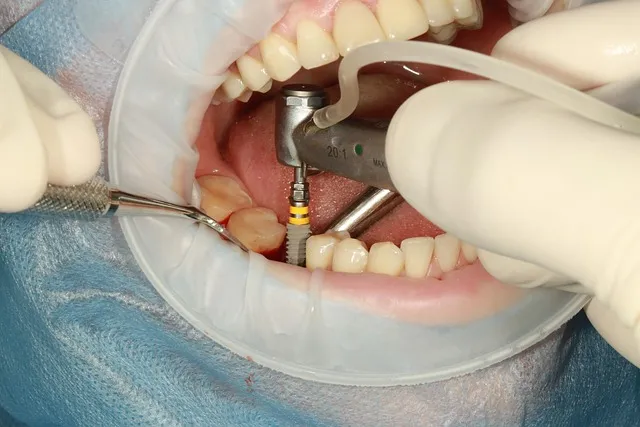Dental polishing is a method of cleaning your teeth that your dentist uses to keep them healthy. Smoothens the surface of your teeth removes plaque, prevents gum disease and irritation, removes stains, and makes them appear clean and shiny. Your regular dental appointment will begin with a thorough cleaning of your teeth and the removal of plaque. This procedure is called scaling. You may have your teeth scanned after your hygienist has cleaned them. Your dentist will then examine you for any cavities you may have. Lastly, dental polishers will polish your teeth to remove any remaining plaque.


How to polish your teeth
-
Rubber cup
-
Polishing with air powder
Benefits of Dental Polishing
Polishing removes plaque from your teeth. People who have polishing done tend to have fewer bacteria, but teeth polishing doesn't prevent gum disease. They always remain in your mouth, but some cause cavities. They produce biofilms as they grow, which helps them remain alive. Bacteria produce plaque as they grow. Periodontitis occurs when bacteria, food, or plaque get under the gum lines and aren't properly cleaned, leading to gum disease and tooth loss. Maintaining good oral health means regularly removing biofilm from your teeth. You can get regular cleanings and polishing your teeth by brushing twice a day. Polishing is mainly a cosmetic procedure. Your teeth will look healthier and cleaner after eating the rough powders. Smoking, betel quid chewing, and chewing areca nuts can leave stains that can be removed with polishing. Your teeth may have stains on the inside, which polishing will not remove. Stains occur as your teeth develop and can be caused by calcium deposits, antibiotics, inherited diseases, and certain infections. If you have stains like these, your dentist might not polish your teeth.Does Home Polishing Work?
You can buy a variety of teeth polishing kits at home. The teeth are usually scrubbed with baking soda or other types of abrasives. Baking soda can be a helpful and safe way to clean teeth at home, but it's not a good idea to polish teeth at home. Tooth-damaging ingredients might be present in some products. Over-polishing can do the following: -Enamel wears away -Dentin is damaged -Your teeth are more likely to get bacteria -They can also cause gum irritation and stinging. Don't wait to treat your teeth problems, and talk to your dentist if you're experiencing tooth pain or using a home kit for dental polishing. Disclaimer: The statements, opinions, and data contained in these publications are solely those of the individual authors and contributors and not of Credihealth and the editor(s).
Tagged in
Plaque

Reviewed by






